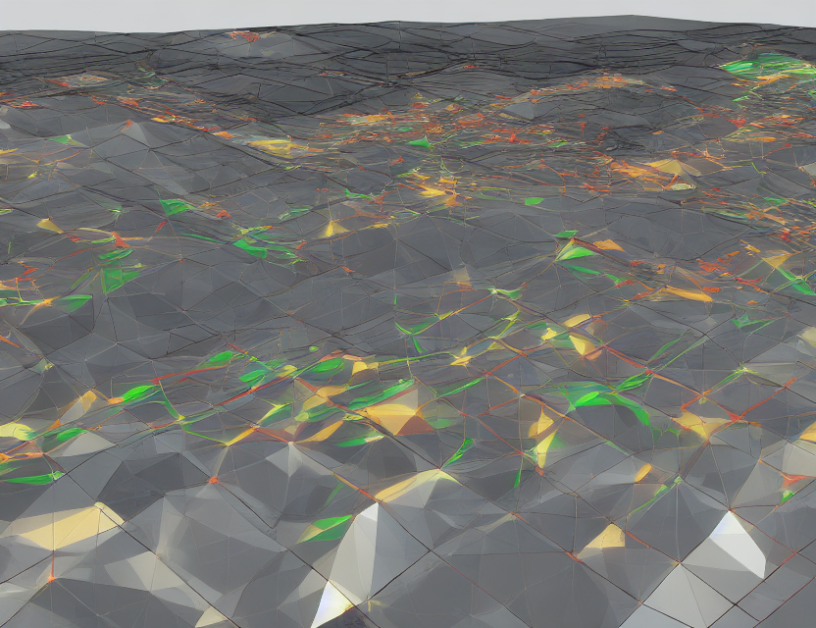In this article, we explore the use of Hawkes process to model limit order books. The Hawkes process is a point process that can capture microstructural details like volatility clustering and the Epps effect, making it a suitable candidate for modeling order book arrivals. By fitting the Hawkes process to a dataset of order book arrivals, we can estimate the probability of an order being placed at each price level.
Calibration of Order Size Distributions
To begin, we use Dirac delta functions to account for the stylized facts observed in market orders’ and limit orders’ size distributions. We choose a set of round numbers (1, 10, 50, 100, 200, 500) as the spike locations in the probability density function (PDF) of order sizes. The remainder of the PDF is modeled using a geometric distribution, and we fit this distribution using the maximum likelihood method.
Quality of Fit Metrics
The quality of fit metrics are important to evaluate how well our model fits the data. We use several metrics, including the log-likelihood ratio, mean squared error (MSE), and mean absolute error (MAE). These metrics help us determine the goodness of fit of our model and identify areas for improvement.
Conclusion
In conclusion, we have demonstrated how to use Hawkes process to model limit order books. By calibrating the order size distribution using Dirac delta functions and fitting the remaining part of the PDF using a geometric distribution, we can estimate the probability of an order being placed at each price level. The quality of fit metrics provide us with a way to evaluate how well our model fits the data, and we can use these metrics to make improvements to the model. By leveraging the flexibility and adaptability of Hawkes process, we can create a more accurate and comprehensive model of limit order books, which is essential for understanding and predicting market behavior.



